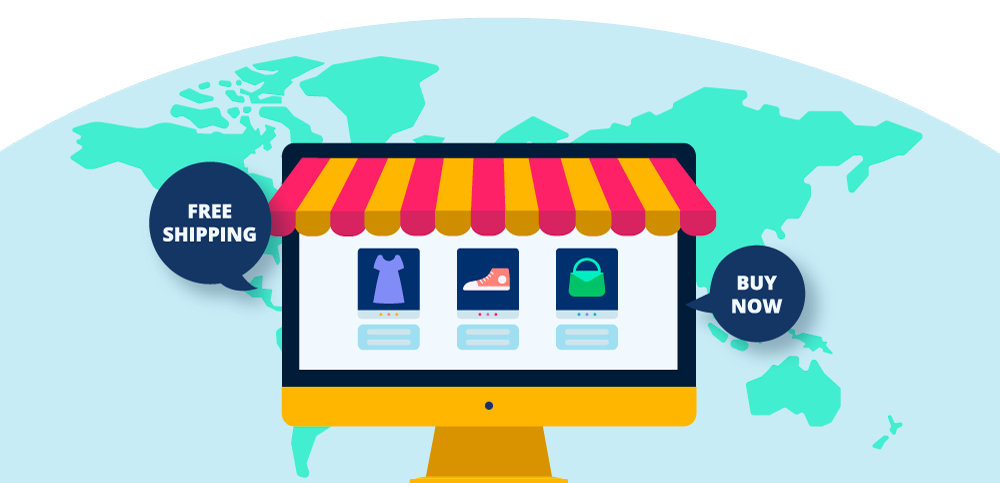The world of e-commerce is exciting and fast-paced, but managing cash flow can feel like a constant juggling act. As your brand grows, a strong cash flow strategy is crucial for maintaining stability, fueling future growth, and weathering any unexpected bumps in the road. Here are some key tactics to keep your e-commerce business cash flow flowing smoothly:
Optimizing the Inflow:
- Increase Average Order Value (AOV): Encourage customers to spend more per purchase by offering product bundles, discounts for bulk orders, or free shipping thresholds.
- Improve Conversion Rates: Analyze your website and checkout process to identify areas for improvement. This could include streamlining the checkout process, offering multiple payment options, or implementing trust signals like customer reviews.
- Reduce Cart Abandonment: Identify reasons why customers abandon carts and implement strategies to address them. This might involve offering abandoned cart recovery emails, providing guest checkout options, or displaying estimated shipping costs upfront.
- Explore Additional Revenue Streams: Consider offering subscription boxes, digital products, or pre-order opportunities to generate recurring revenue or upfront payments.
Streamlining the Outflow:
- Negotiate Favorable Payment Terms: Negotiate longer payment terms with suppliers to give your business more breathing room between purchases and sales.
- Optimize Inventory Management: Maintain accurate inventory levels to avoid stockouts that hurt sales and overstocking that ties up capital. Utilize data and forecasting tools to predict demand and ensure you have the right inventory at the right time.
- Control Expenses: Analyze your business expenses and identify areas where costs can be optimized. This could involve renegotiating fees with vendors, exploring more cost-effective marketing strategies, or automating tasks to reduce manual labor costs.
- Embrace Automation: Utilize accounting software to automate tasks like invoicing, bill payments, and payroll. This not only saves time but also reduces the risk of errors that can impact your cash flow.
Planning for the Future:
- Create a Cash Flow Forecast: Develop a detailed cash flow forecast that projects your future revenue and expenses. This helps you anticipate potential cash shortfalls and allows you to make informed decisions about resource allocation and investment opportunities.
- Maintain a Cash Reserve: Having a healthy cash reserve acts as a safety net for unexpected expenses, seasonal fluctuations, or potential disruptions. Aim to build a reserve that can cover your operating expenses for a predetermined period (e.g., 3-6 months).
- Seek Funding When Needed: As your business grows, exploring external financing options like lines of credit or small business loans can help bridge cash flow gaps and fuel further expansion. However, do so strategically and prioritize responsible borrowing practices.
Remember, managing cash flow isn’t a one-time fix. It’s an ongoing process that requires continuous monitoring, strategic adjustments, and adapting to changing business conditions. By implementing these strategies and staying vigilant, you can ensure your e-commerce brand has the financial foundation it needs to flourish for years to come.


